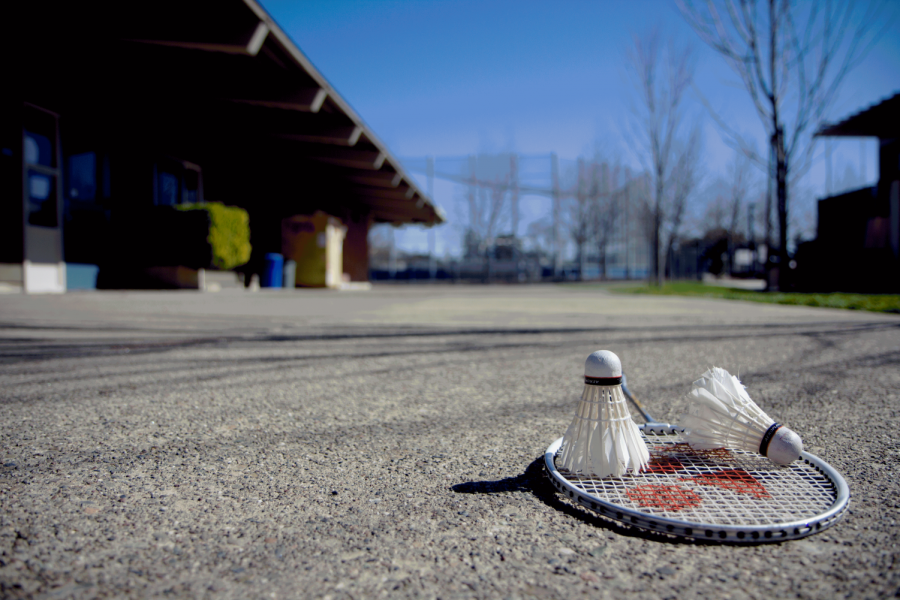New changes in badminton team
March 1, 2018
As a historically strong team, Lynbrook’s badminton team expected a strong performance last year. To date, it is the only team of the Santa Clara Valley Athletic League schools to have never dropped from the upper De Anza division to the lower El Camino division. Last year, however, their performance was one of the worst in recent years; the team placed fifth out of seven teams, dangerously close to being relegated to the lower division. For the upcoming spring season, Coach Karen Christensen hopes to remedy the issues that hurt last season’s performance by making several changes.
In previous years, the badminton team has had a team size of around 80 people, with a quarter of the players on a training team, a group of members who train with the team but do not participate in events. One issue that Christensen noted with this team structure was that those on the training team rarely improved; thus, for the upcoming season, Christensen plans to only informally use the training team for fewer players and reduce the overall team size to approximately 60 people.
“We saw that the training team didn’t see enough improvement to continue maintaining it, and we wanted to see people try harder,” said junior and varsity team member Jay Kim. “In order to motivate the remaining players, we cut the training team out entirely so that they would compete harder for spots this year.”
Christensen believes that a smaller team size will contribute to a better performance on multiple counts. One of the benefits is that players will be more dedicated to the team. Additionally, a smaller team size would allow for more personal training, another goal of Christensen’s for the upcoming season.
“While I wasn’t on the team last year, Coach Christensen has been a little more serious about coming on time and being present,” said freshman Neil Patel. “I think that these changes will help make the team more competitive.”
Christensen has reimagined the training process with more focus on individualized, one-on-one learning. Rather than having all of the players train together — as has been the case in the past — Christensen intends to match the more skilled players with weaker players so that the weaker players are provided with the necessary individual attention to spur development that a more general team practice may not be able to offer.
“This new method will hopefully match up players with the next ones in line, who can get more hands-on or one-on-one attention,” said Christensen. “Additionally, to teach someone to play better can improve your own skills.”
Furthermore, Christensen hopes that greater personal interaction will improve team cohesion, making the players tighter-knit and more like a team, rather than individuals who merely play together.
“I am definitely hoping for improvement on the court, but I feel that a greater feeling of team spirit and better cohesion will help that, rather than detract from it,” said Christensen.
In the upcoming badminton season, Christensen hopes to see a return to the level of performance that Lynbrook badminton demonstrated in the past and players achieving the highest level of success they are capable of under the new system.




























































